Panther existed for less than two decades, and in that time it built a wider array of cars than you might imagine. As well as series-produced models such as the J72, De Ville, Lima and Kallista, there were all sorts of cars that were unique (or close to), such as the Lazer, Six and FF. And then there was the model that finished Panther off altogether, the ill-fated Solo 1 and Solo 2, with just 13 examples of the latter made before this quirky British company went bust.
Back in the 1970s though, when Panther was still owned by its founder Robert Jankel (before going bust and being sold on in 1980), the magnificent Rio compact luxury saloon was introduced. There were two models available: a standard edition (based on the Dolomite 1850) or the extra-luxurious Rio Especial, which used the Dolomite Sprint as its base.
Robert Jankel had set up Panther Westwinds in 1972 and his first car was the neo-classic J72, which was often derided for looking like a pastiche. But the J72 was built to a superb standard and it was fast too, thanks to its Jaguar six-cylinder or V12 engines. The De Ville that came next offered more of the same but at an even higher price, and while the quality of the engineering and manufacturing of these cars was incredibly high, Panther was in danger of becoming known simply as a maker of niche replicars. What was needed was something much more modern and equally luxurious.
Developing a luxury car from scratch wasn't a possibility because of the high costs involved, but rebodying an existing premium product and upgrading it at the same time could work from a financial point of view. So that's what Jankel did; he started with a car that was already noted for its premium qualities and upgraded it. Or to be more accurate, Jankel's co-director David Franks came up with the idea at the end of 1974, and the pair decided that it was the perfect project for Panther at the time.
Jankel produced some sketches and while these had to be refined, he essentially came up with the production design at the outset. With a grille clearly inspired by Rolls-Royce, the Rio was 4.5 inches longer than the Dolomite, with virtually all of this extra length in the nose. Intended to look lower and sleeker than the Triumph, the Rio carried over the Dolomite's glazing, but every single outer panel was replaced with one made of hand-beaten aluminium. The hope was that the Rio would prove popular enough for Panther to invest in tooling that would allow the panels to be pressed, but of course that never happened because the demand simply wasn't there.
While the Rio's exterior was understated (ostentatious grille apart), it was the cabin that really marked out this small saloon as a true luxury car. The seats, door trims and centre console were swathed in leather, while there was burr walnut for the top of each door, the dashboard and console. The steering wheel was a unique four-spoke leather-trimmed item, while there were large Rolls-Royce-alike chrome switches to control the four electric windows (much of the switchgear was actually sourced from the contemporary Jaguar XJ6 Series 2). Each door featured a built-in ash tray complete with lighter, and to improve refinement as much as possible, Panther crammed as much soundproofing and underseal into the Rio as it could.
In theory all of this extra equipment and sound-deadening should have weighed the Rio down, but the aluminium outer panels for the bodywork were 41kg (90lb) lighter than the Dolomite's steel items, and as a result the Panther was claimed to weigh the same as the equivalent Triumph. However, owners could spend extra on an automatic transmission (£77), an electric sunroof (£327) and air conditioning (£380) and if the latter two were fitted they added 68kg (150lb) to the kerb weight.
The result was slightly blunted performance, but not enough to matter: 0-60mph in 9.7 seconds instead of 8.4 and a top speed of 112mph instead of 115mph. However, every car priced at a similar level to the Rio featured a bigger engine and significantly stronger performance as a result, so you had to really want to eke every last mile out of each gallon of fuel to opt for the Panther, although Rio drivers could still expect only around 25mpg.
In hindsight the Panther Rio made no sense, with its £8397 list price without extras (£9445 for the Especial edition), but at the time the rationale behind it seemed a bit more solid. The Fuel Crisis was a global problem and the Rio offered big-car luxury without the running costs of a large saloon. As Motor pointed out in its 1975 test of a Rio Especial, for less money, buyers could instead choose a Mercedes 350SE (£9303), a Jaguar XJ 5.3 V12 (£7572) or a BMW 3.0L (£6999) – all of which were bigger and hence more costly to run.
Motor introduced the Rio in that 1975 as "The luxury of a Rolls-Royce at half the price, or a cramped Dolomite Sprint costing three times as much as it should? A bit of both in a car that's unique in concept and about as exclusive as they come". With a standard Dolomite 1850 priced at just £2401 and a Sprint just £2937, the Rio was spectacularly expensive. In its review Motor said:
Above all, there's the workmanship. Strong evidence of it can be found everywhere you look at the Rio. From the close fit of the body panels to the sumptuously trimmed interior, it's obvious that the Rio is created with immense care. The attention to detail is also outstanding: delicately sculptured badges, an ashtray and cigar lighter for each passenger, leather trimming for the steering nacelle for example.
Panther's suspension modifications are minimal (smaller Avon radials, alloy wheels with more offset), but they make a lot of difference to the handling. On smooth roads there isn't the agile, chuckable feel of a Sprint, perhaps because the steering, particularly at low speed, is a good deal heavier and more stodgy than standard. But the Rio feels less nervous and far more forgiving than the Sprint, and the handling on bumpy surfaces is improved; it isn't put off line by bumps hit in mid-corner and the straight-line stability at speed in cross wind is outstanding. Driving hard on MIRA's road circuit the brakes juddered and faded, but they performed well under normal driving conditions. They felt progressive and sensibly weighted.
For £10,000 the Rio's accommodation is distinctly poor. Head room in particular is limited both front and rear – we had to have the driver's seat on its lowest setting all of the time – and tall adults sitting in the back found the leg room inadequate if the front seats were pushed back. The back doors don't open very far either, making getting in and out difficult.
Boot space is barely adequate for more than a long weekend away and there's a conspicuous lack of nooks and cubbies in which to stow oddments. But the car's finish is exemplary. The interior is tastefully and discreetly furnished, blending traditional English styles with the modern image of a car. The body panels fit closely and the delicate flaring at the tops of the wheelarches is beautifully executed. The workmanship appears to be more than skin-deep too, for the doors, boot and bonnet all shut with a satisfying clunk.
Panther had hoped to market the Rio exclusively through HR Owen in London, but when that deal fell through all cars had to be ordered directly from Panther itself. When the Rio was unveiled in September 1975 Panther talked of as many as one being built each day, or around 250 per year, but within weeks this had been revised down to just four per month, or around 50 per year. When Rio production was wound up after two years, just 18 examples had been built; a figure of 36 is usually quoted, but Panther used alternate chassis numbers to make it appear that the Rio was more popular than it really was. Now just five Panther Rios are known to have survived.
| Vital statistics | Panther Rio |
|---|---|
| Engine | Front-mounted, 1854cc, 4-cylinder |
| Transmission | 4-speed manual (optional overdrive) or 3-speed auto, rear-wheel drive |
| Power | 91bhp at 5200rpm |
| Torque | 105lb ft at 3500rpm |
| Top speed | 100mph (Dolomite 1850) |
| 0-60mph | 11.6 seconds (Dolomite 1850) |
| Price | £8397 |
| Vital statistics | Panther Rio Especial |
|---|---|
| Engine | Front-mounted, 1998cc, 4-cylinder |
| Transmission | 4-speed manual overdrive or 3-speed auto, rear-wheel drive |
| Power | 127bhp at 5700rpm |
| Torque | 124lb ft at 4500rpm |
| Top speed | 112mph |
| 0-60mph | 9.7 seconds |
| Price | £9445 |

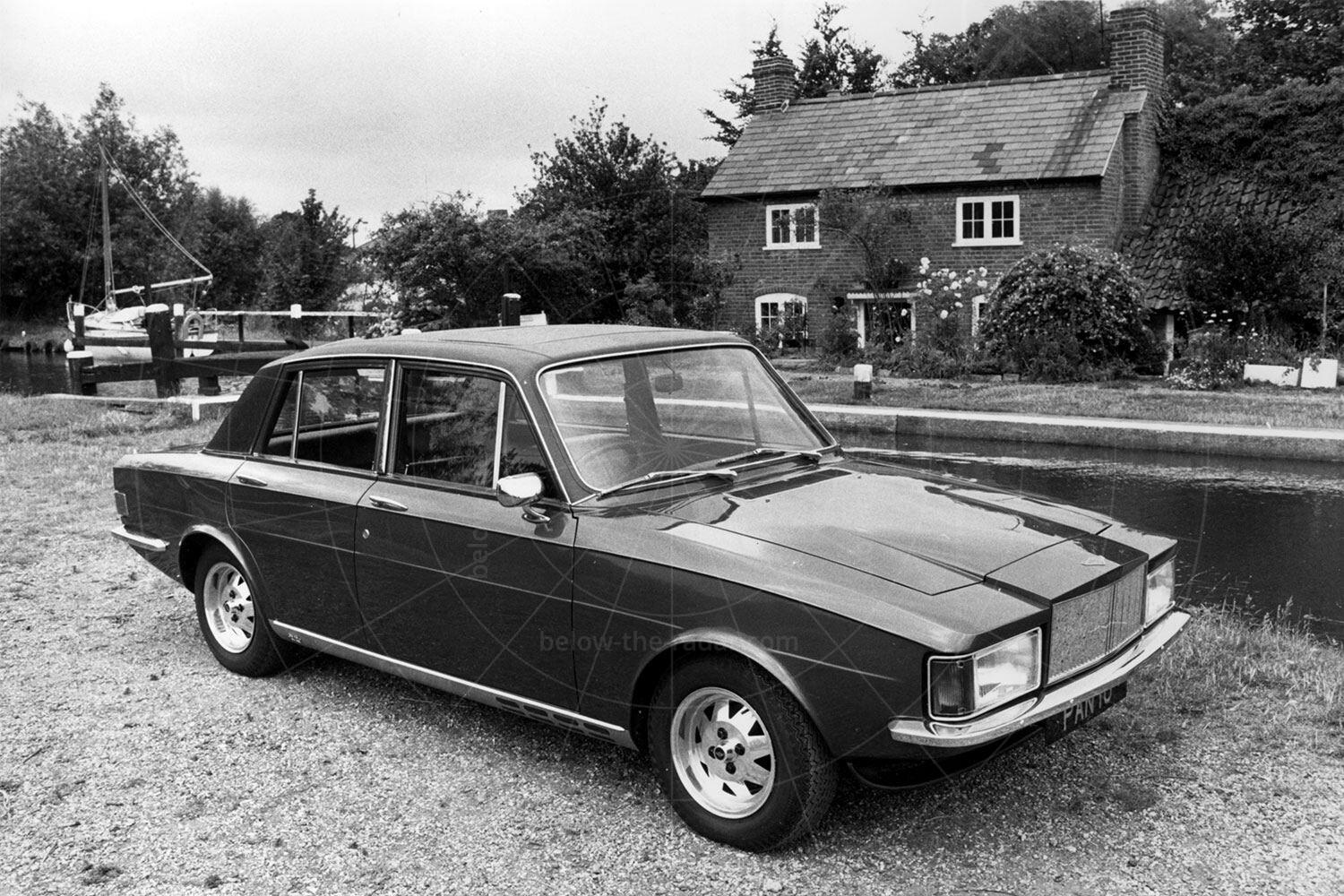
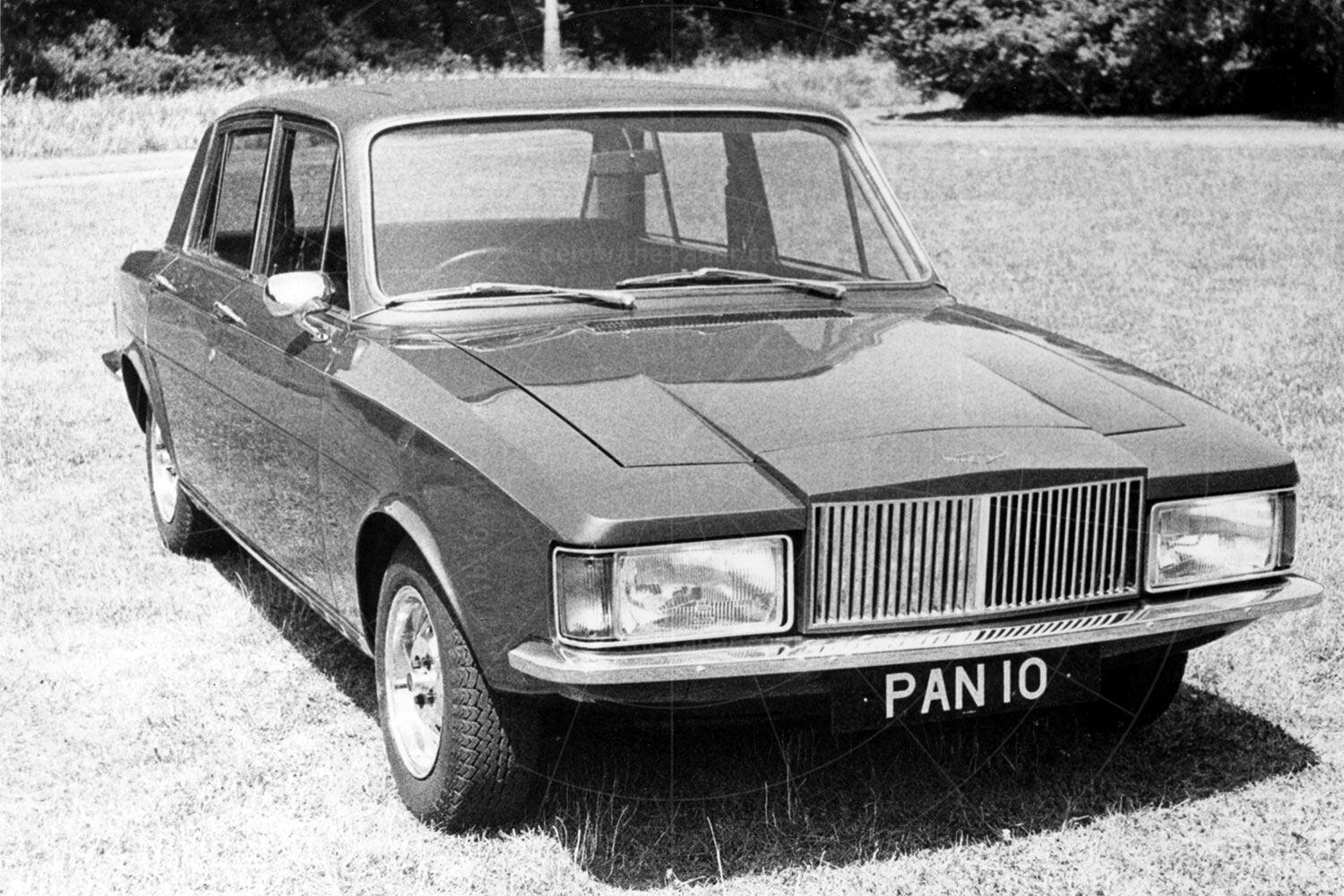
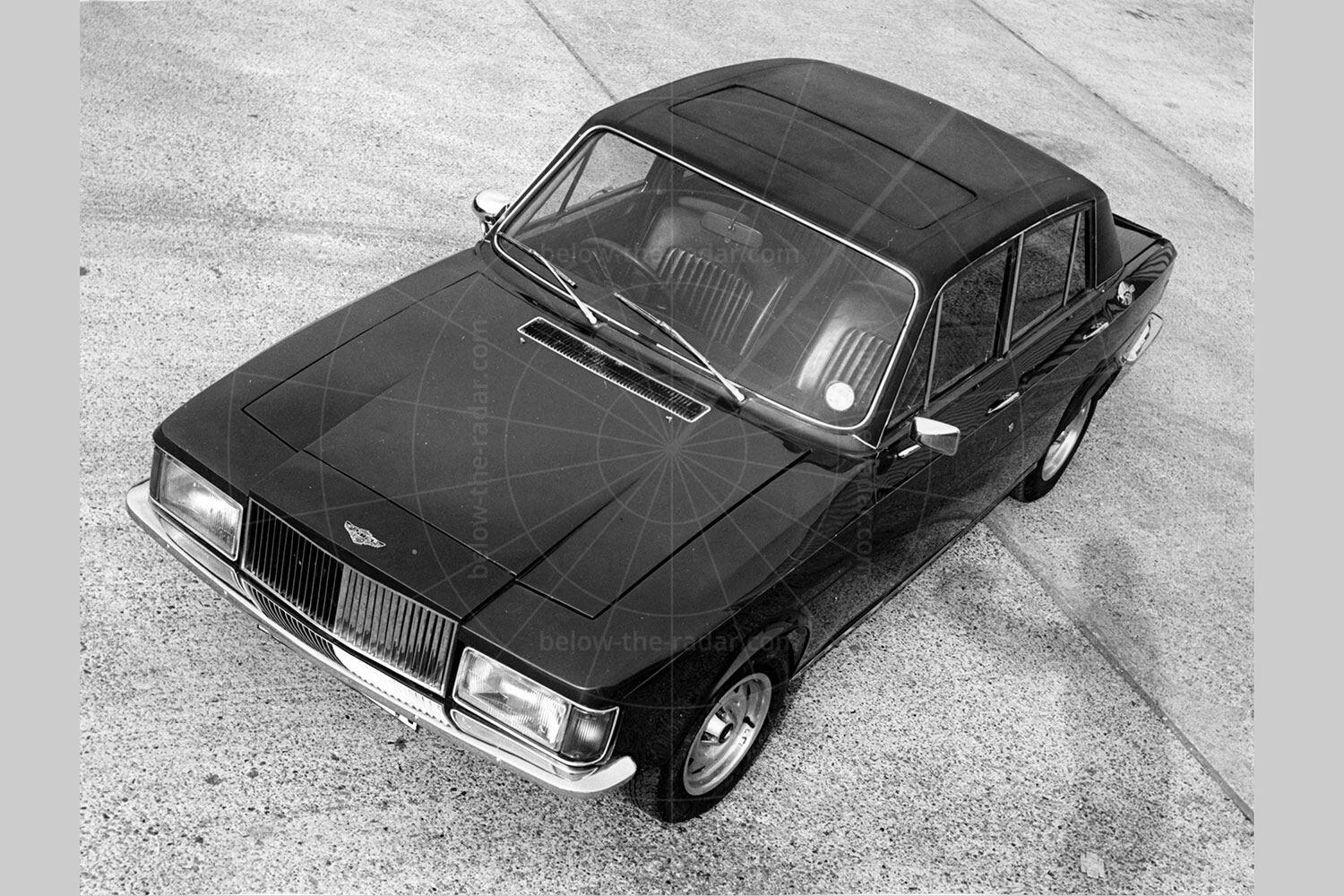
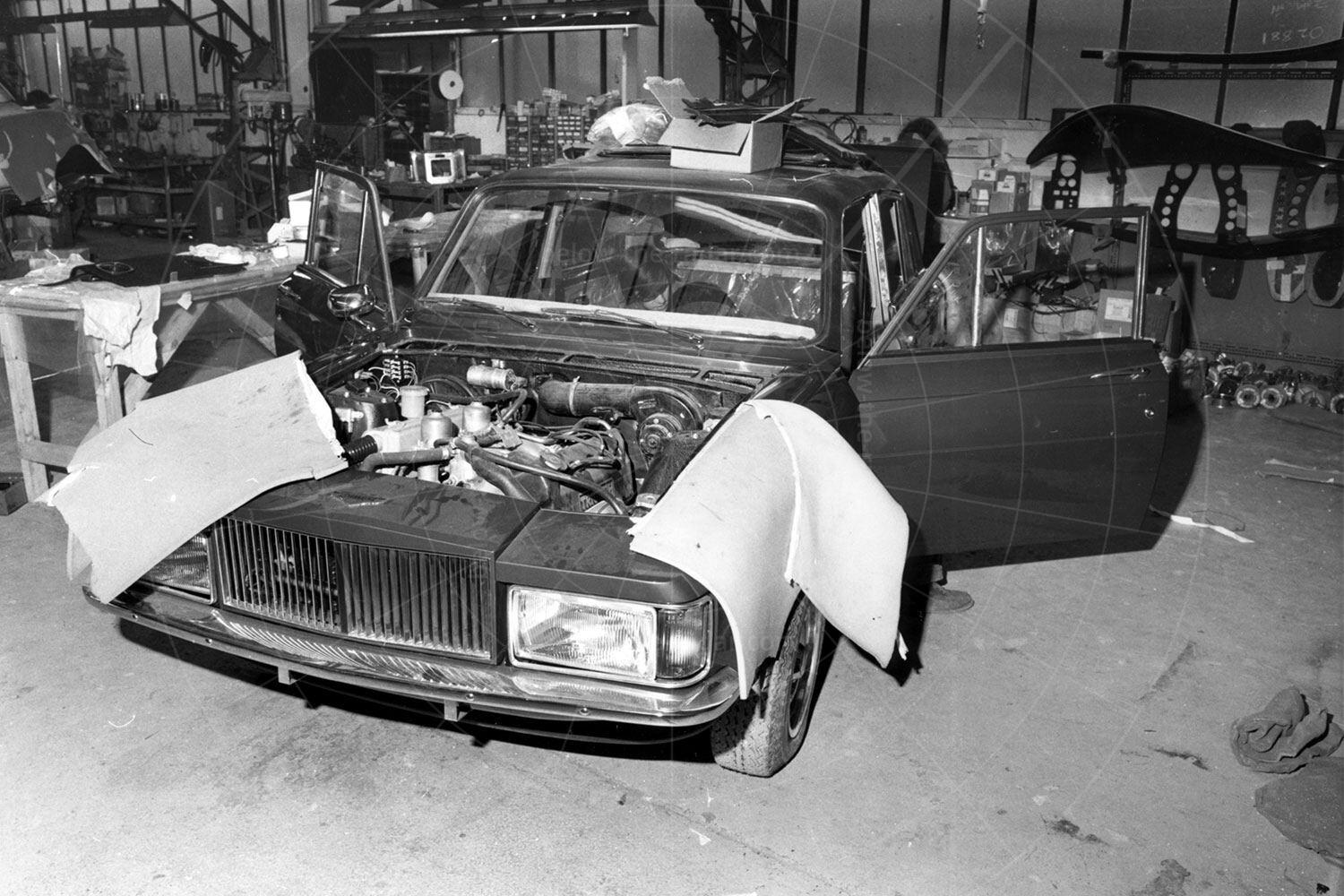
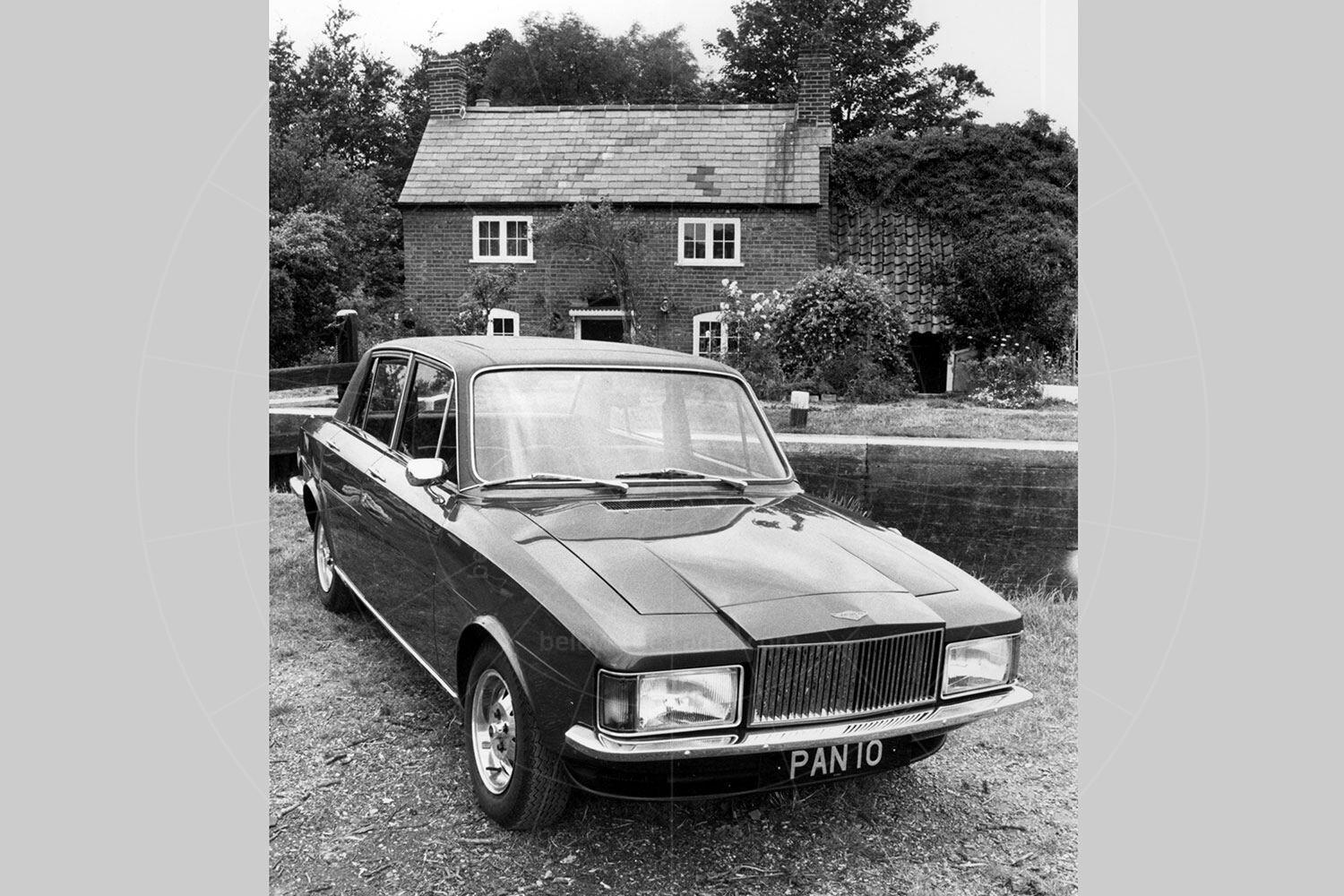
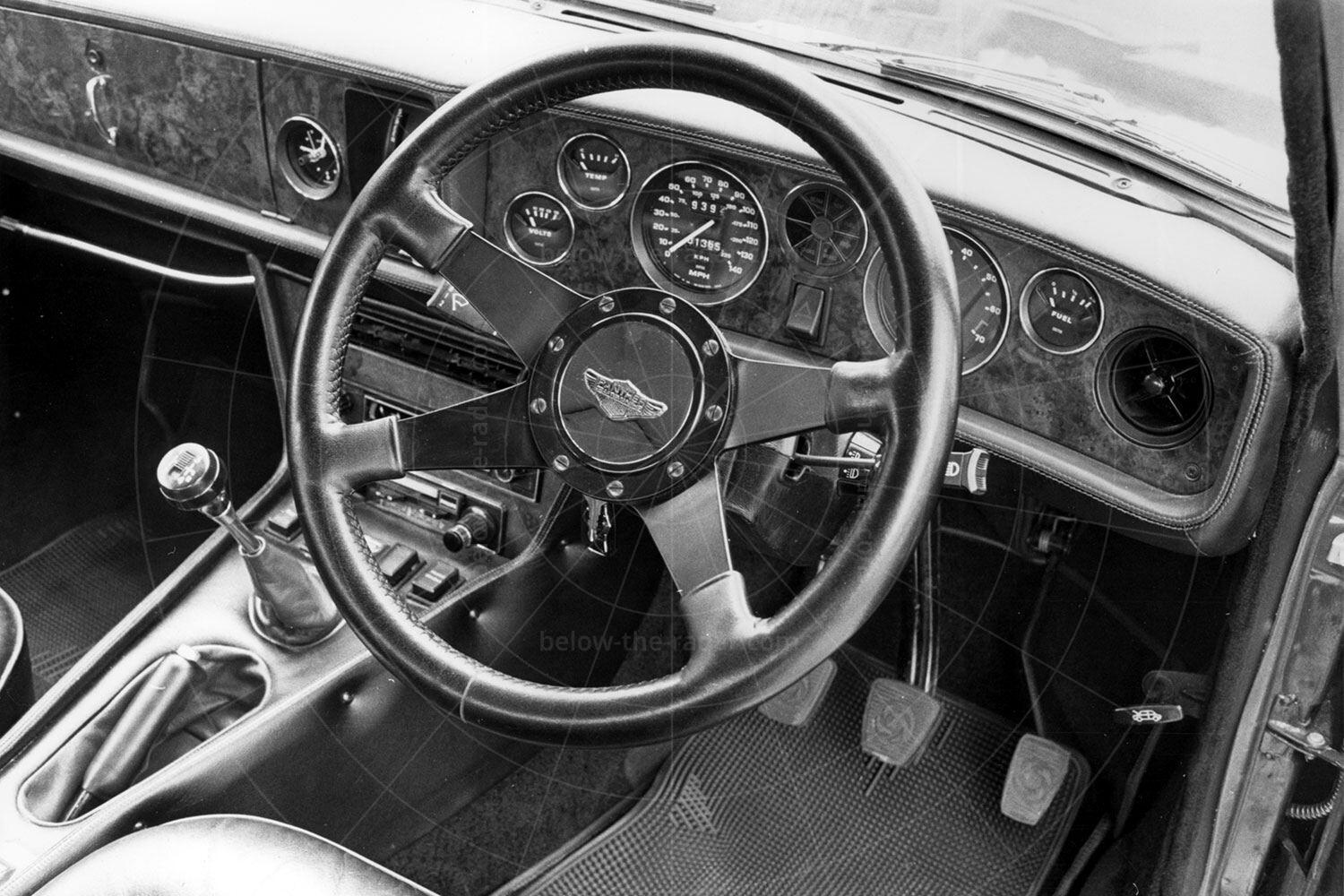
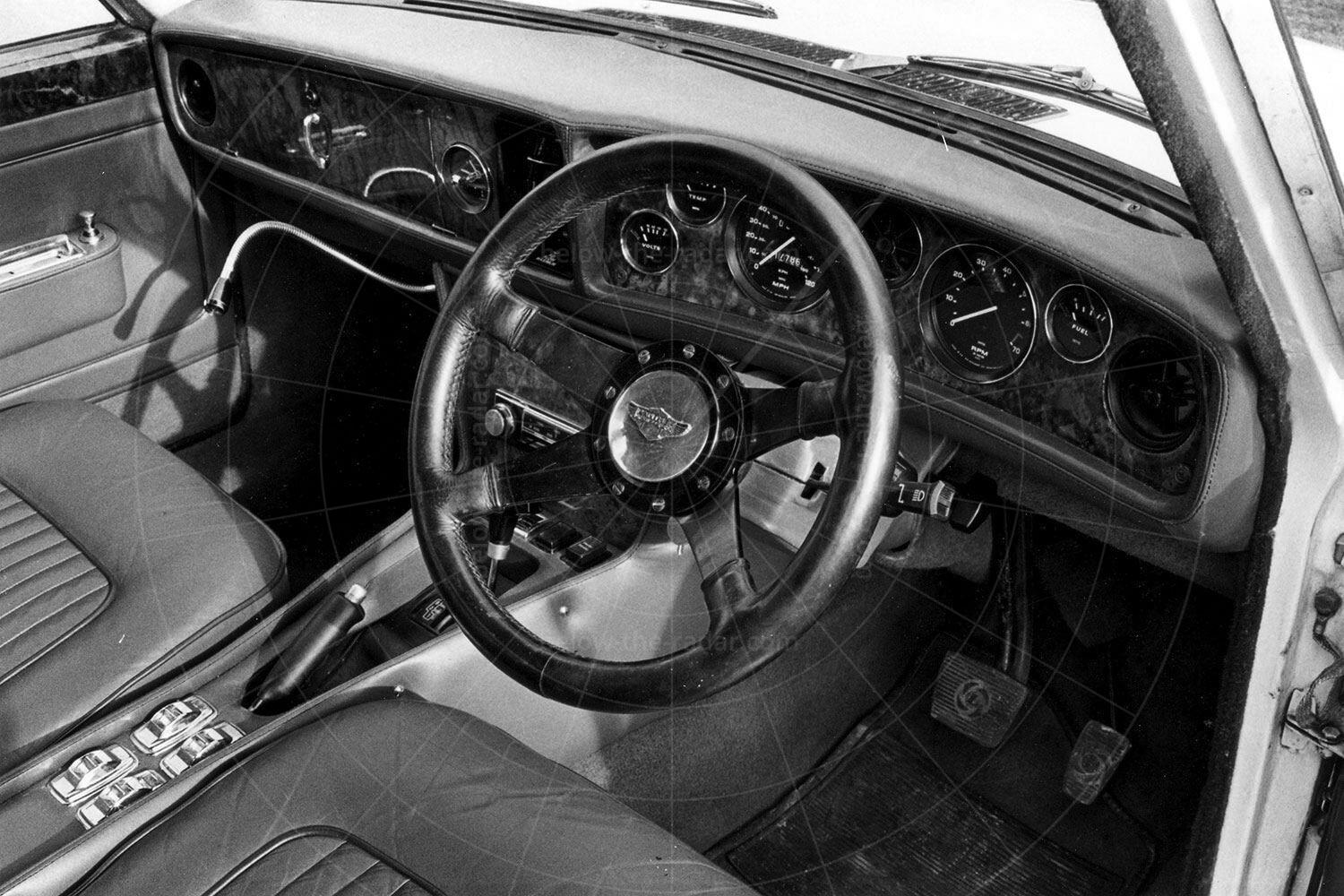
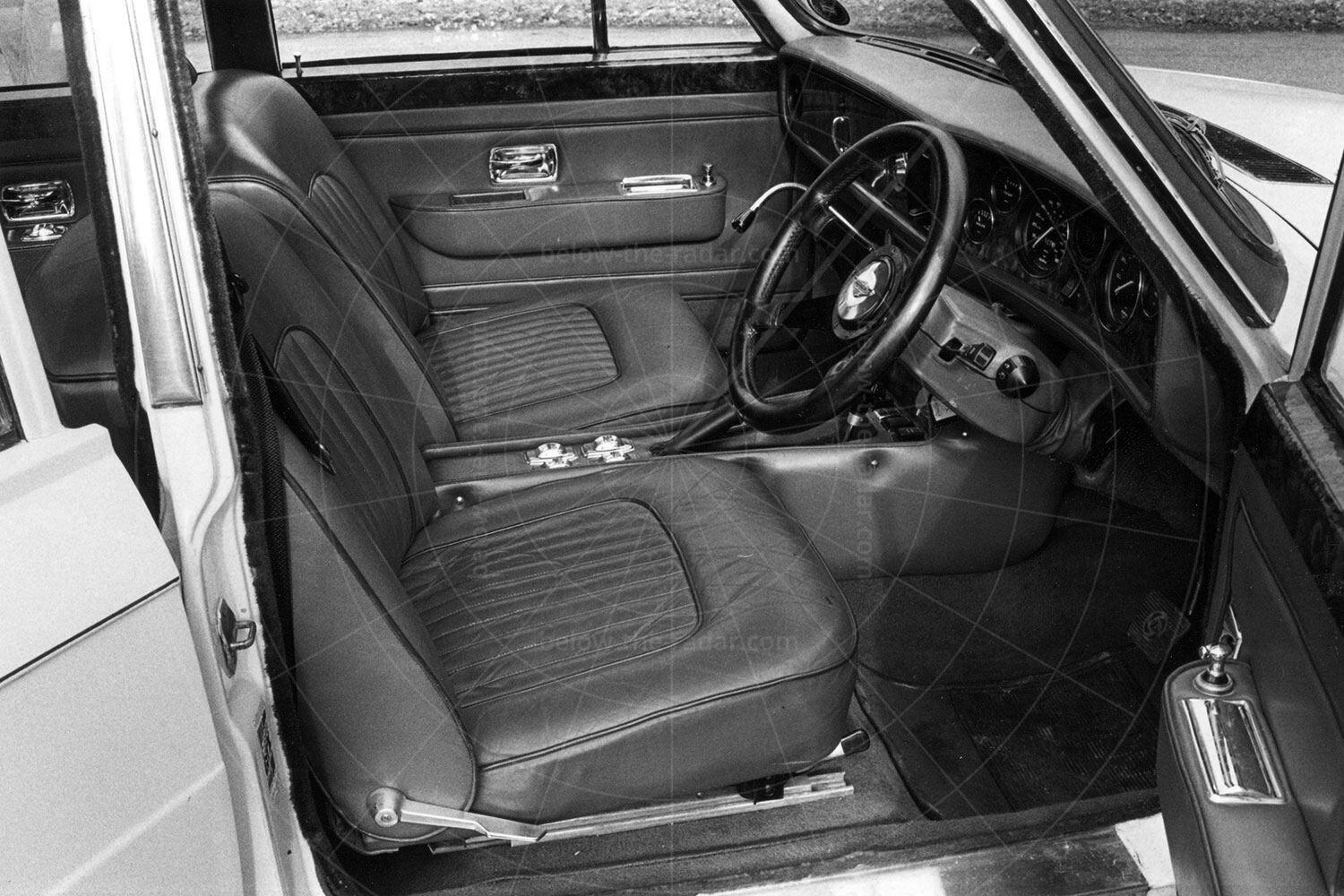
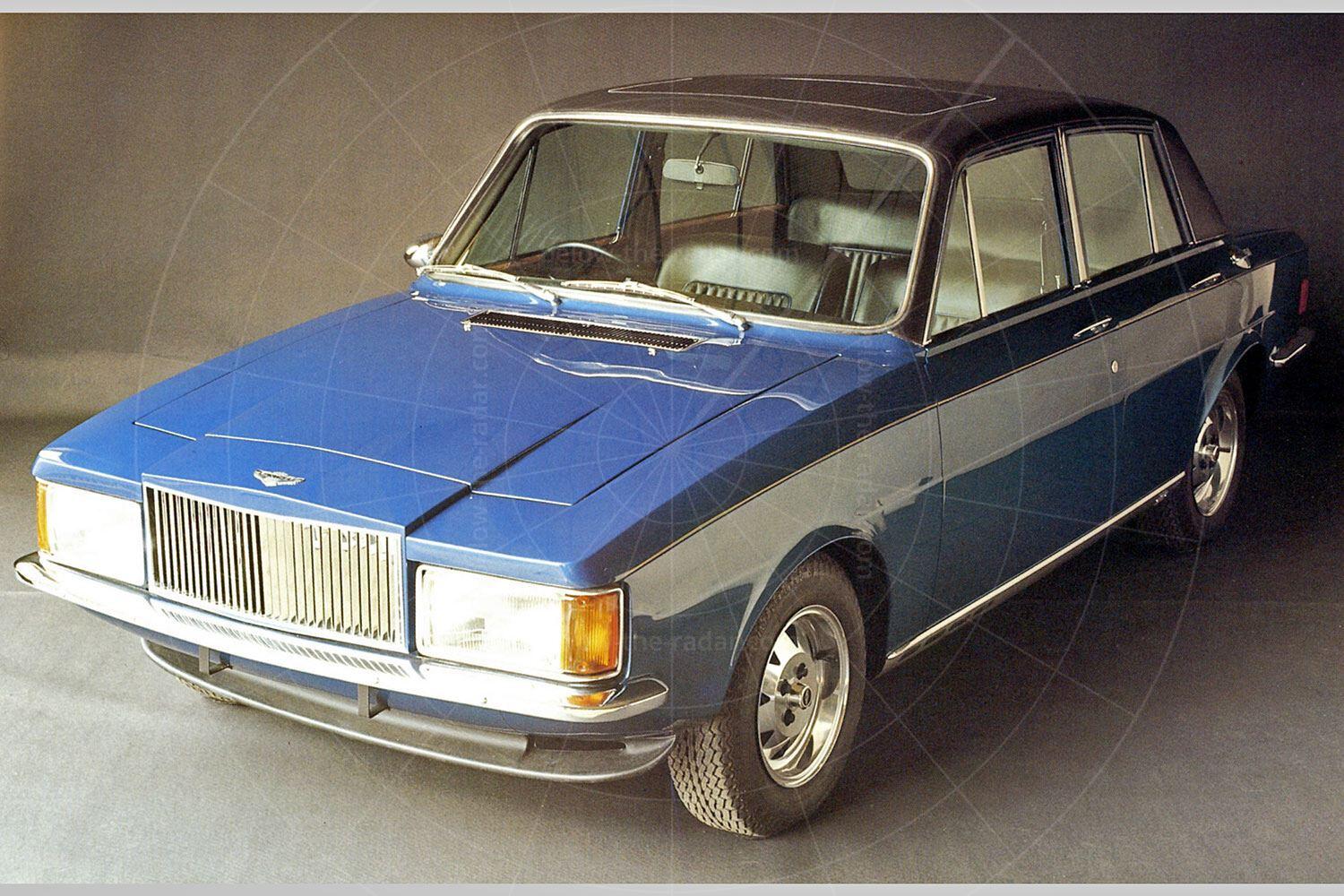
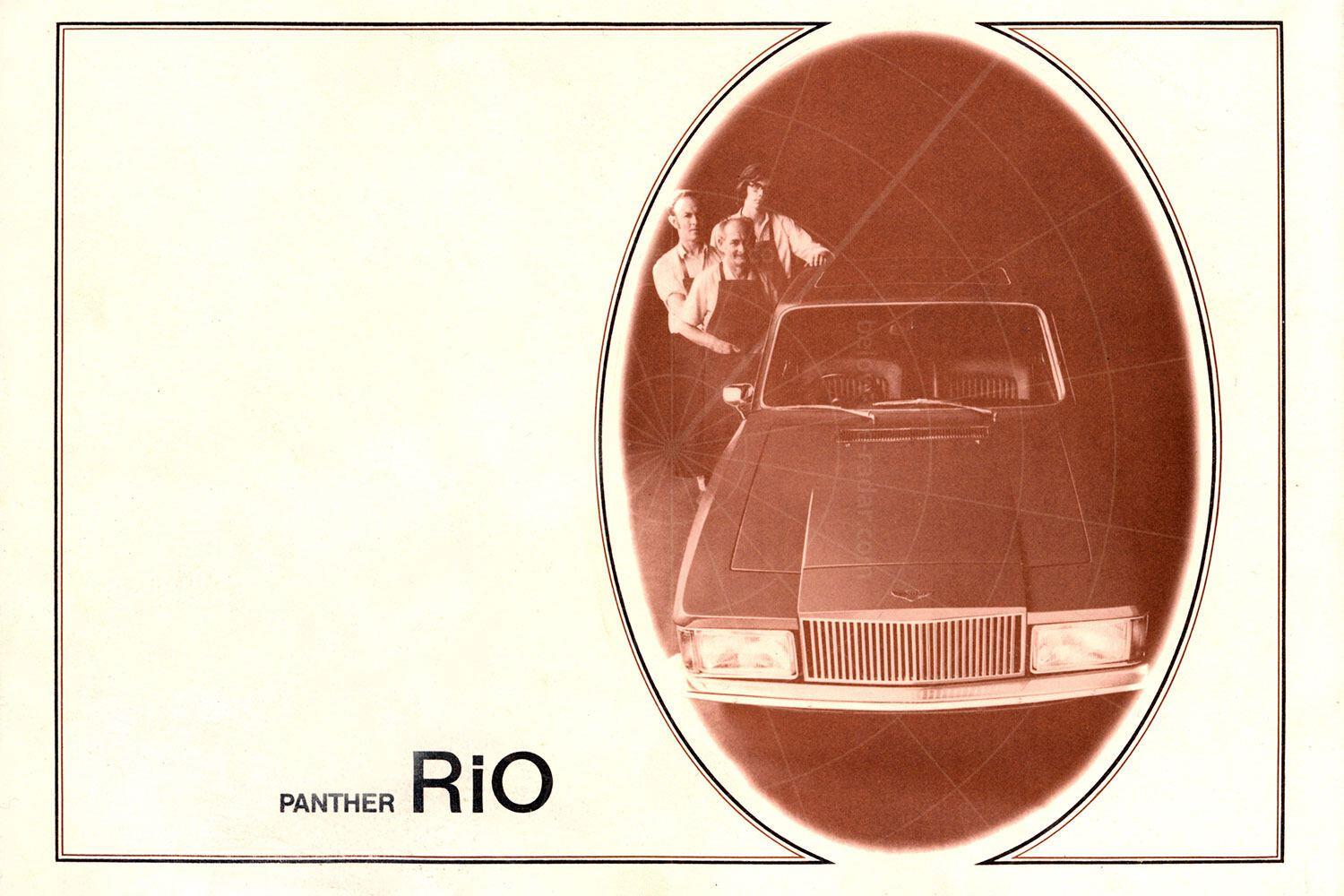
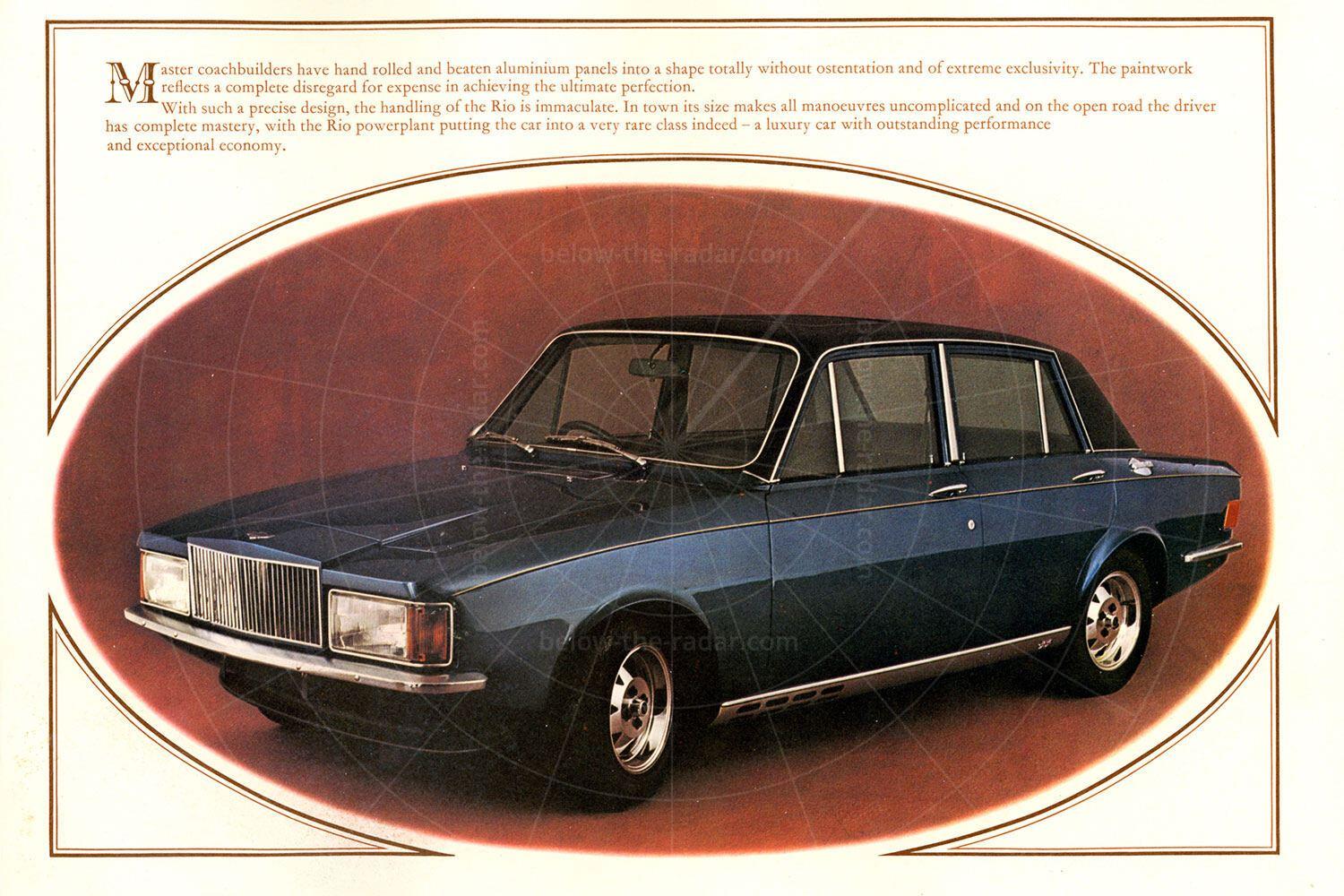
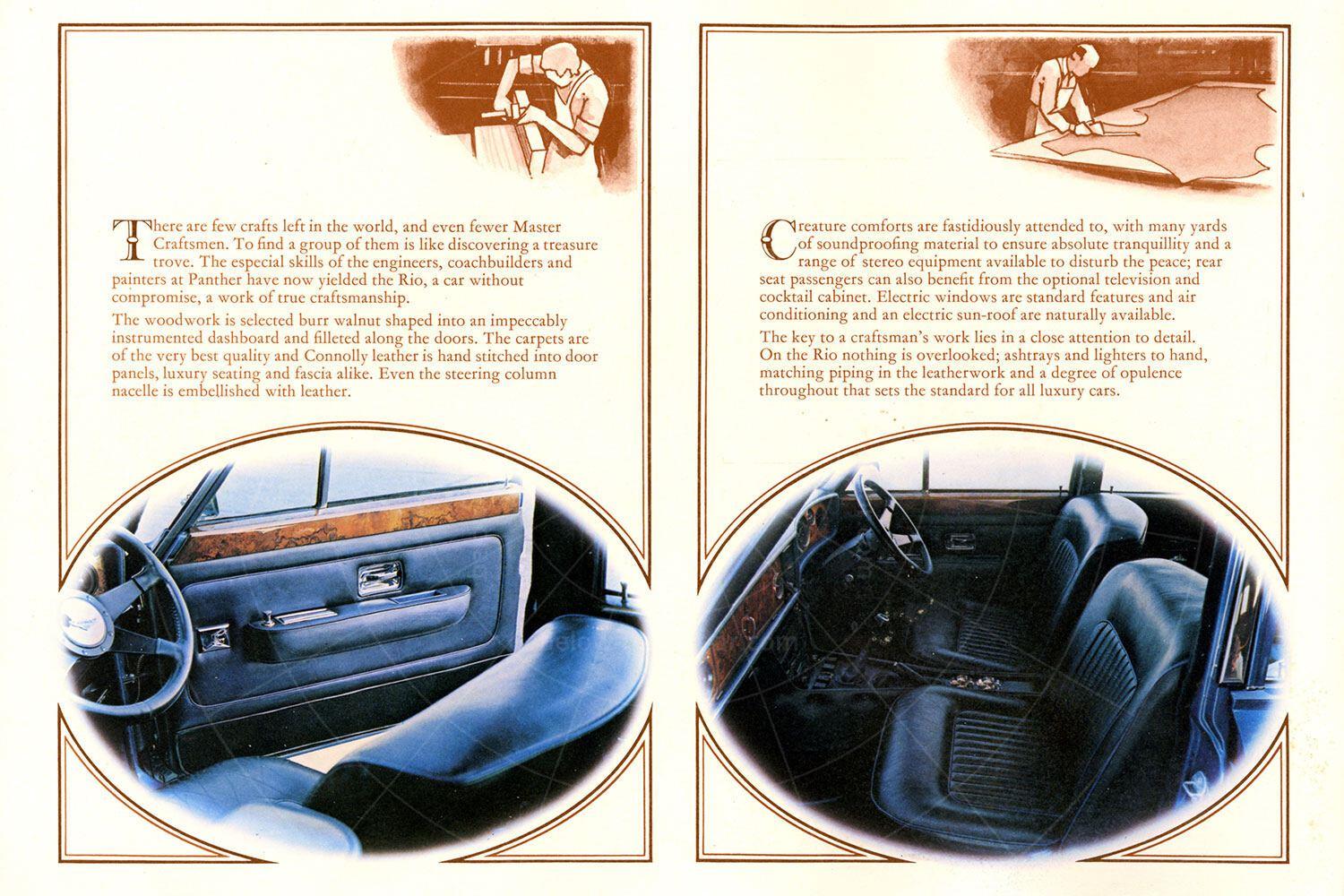
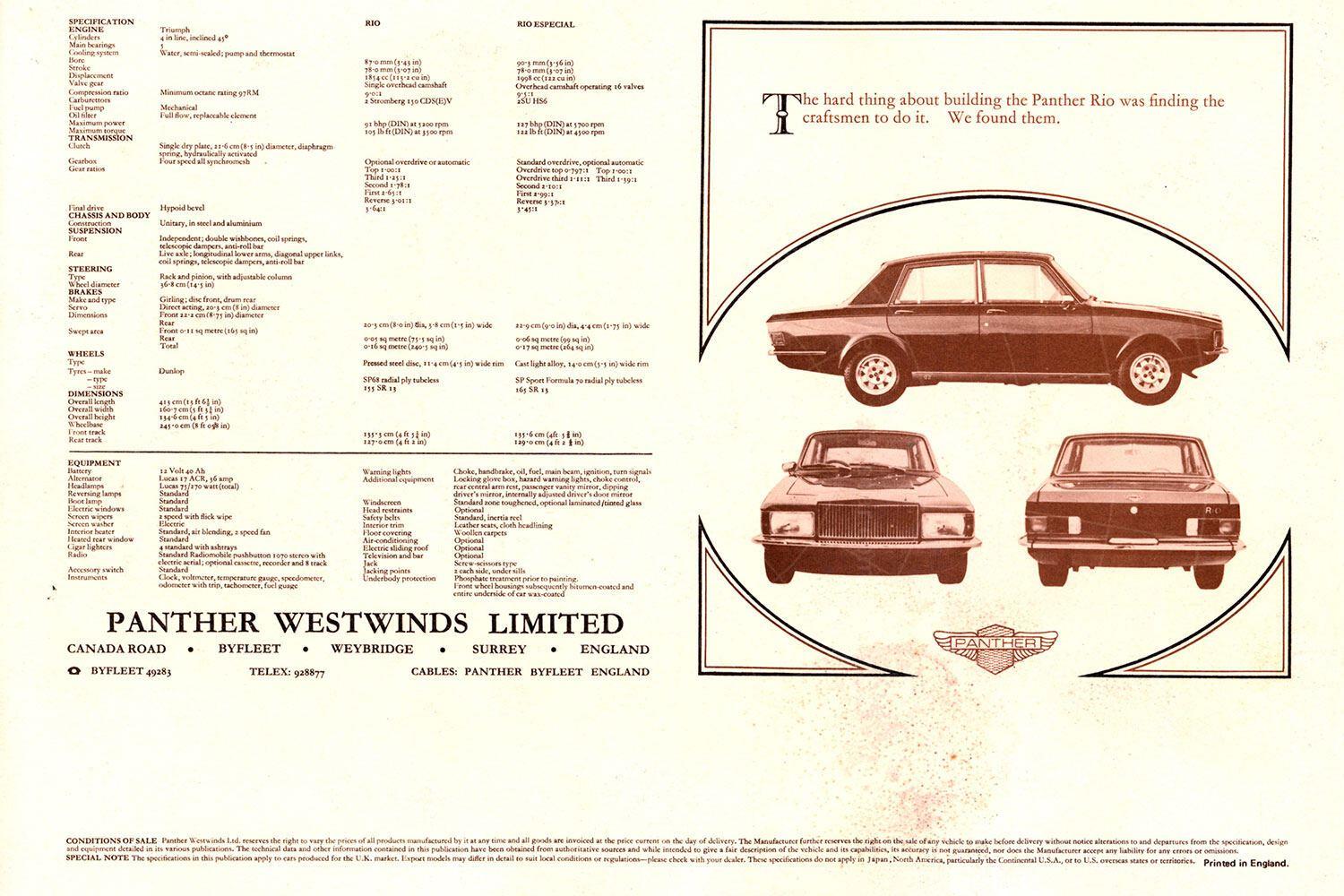
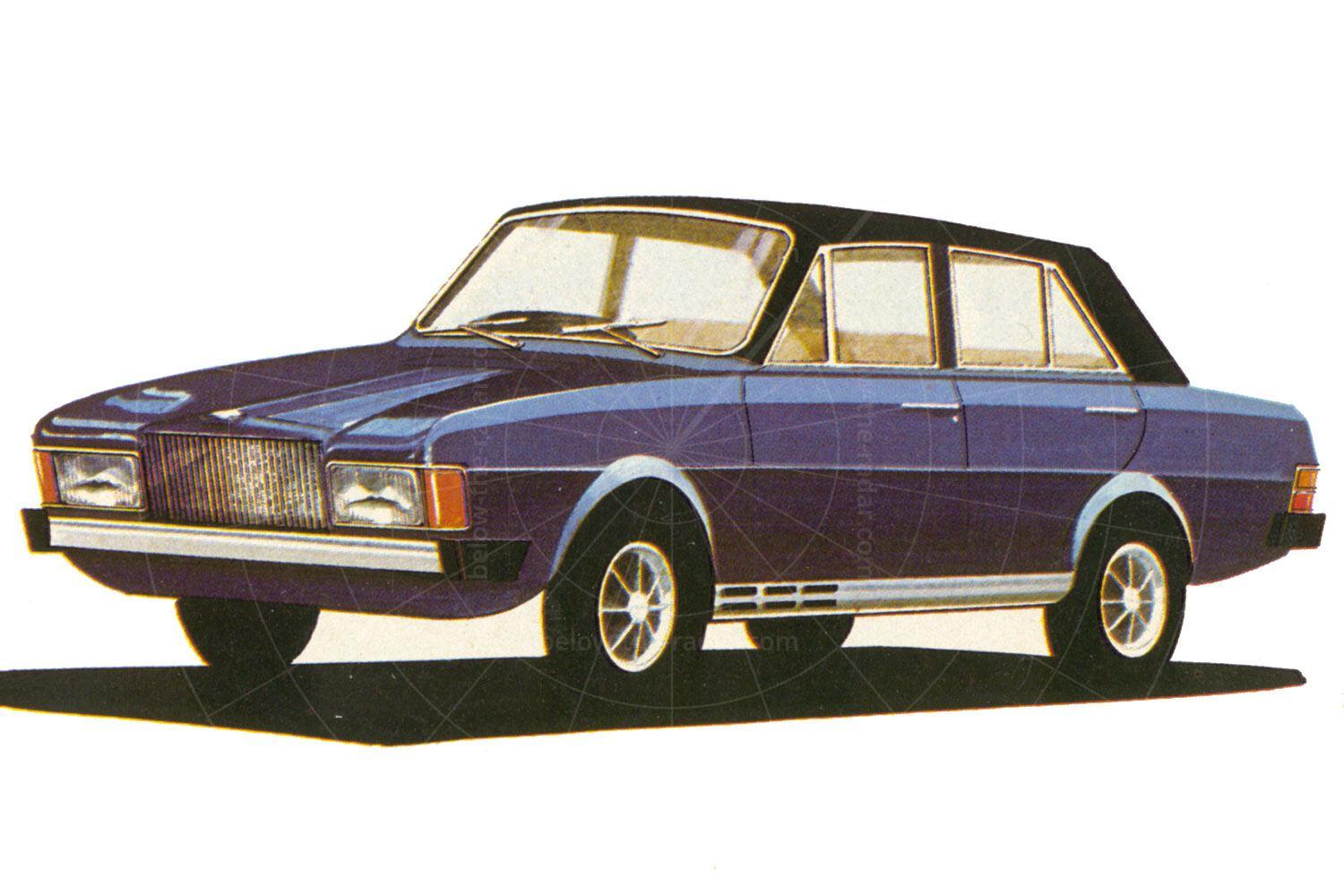

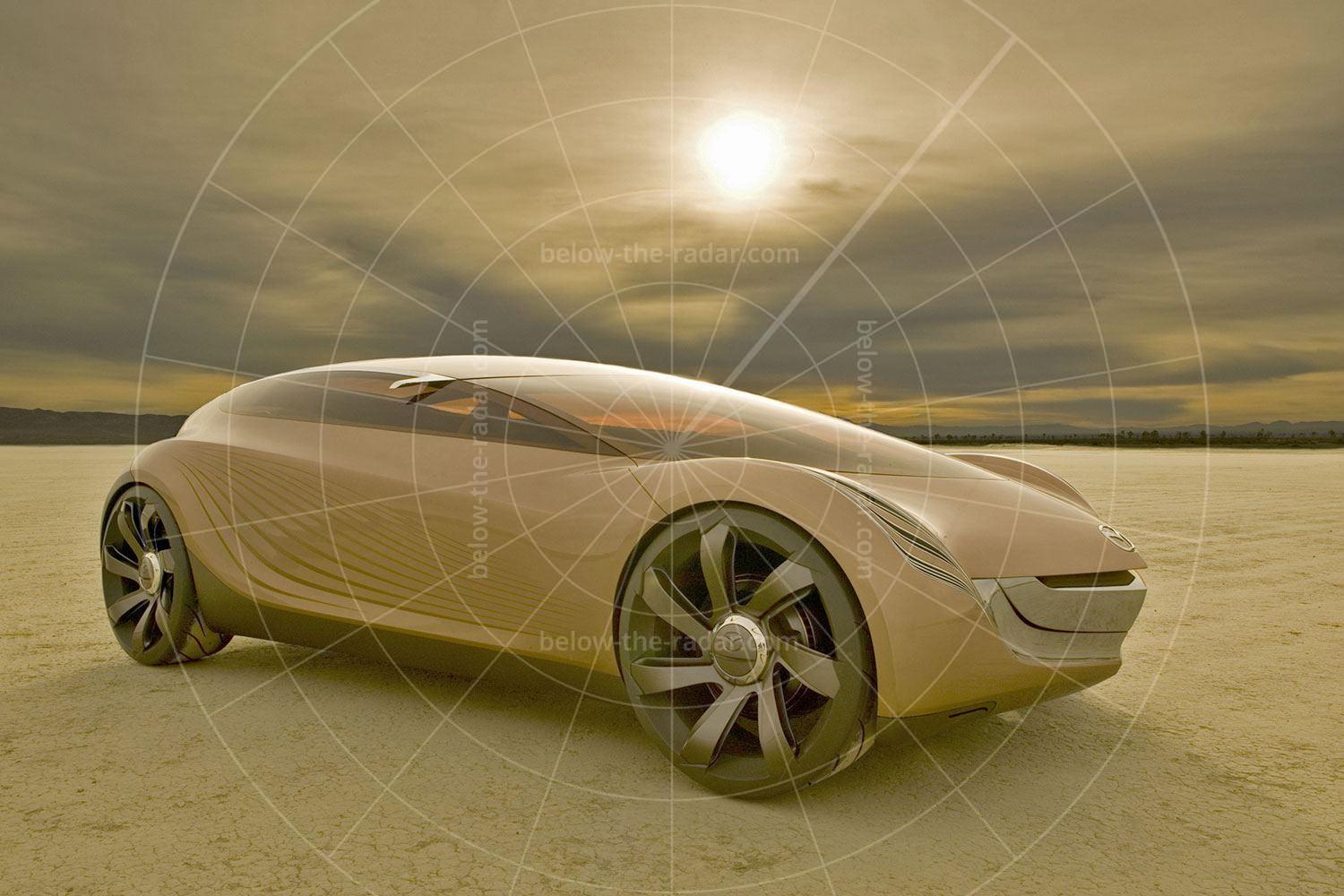
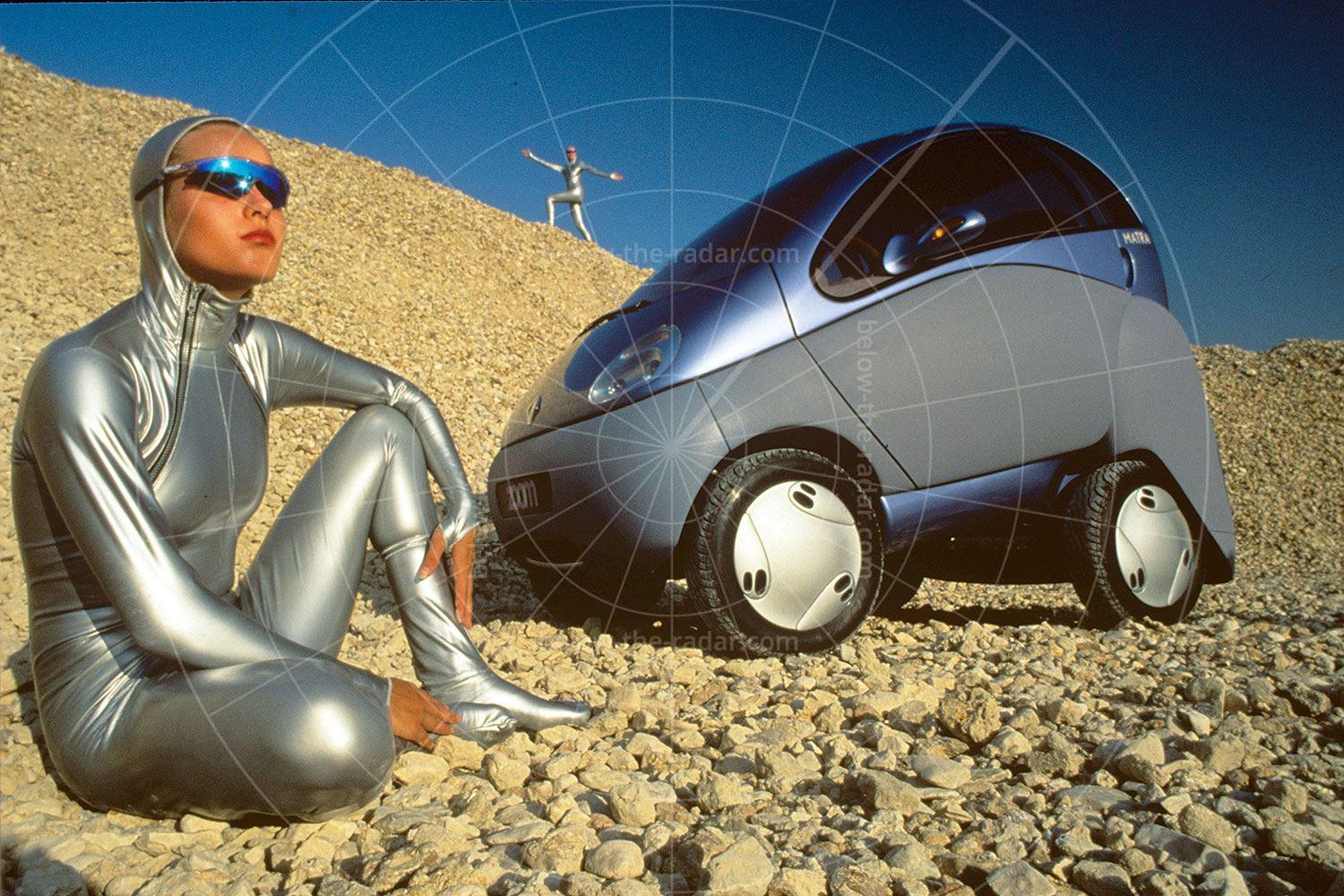
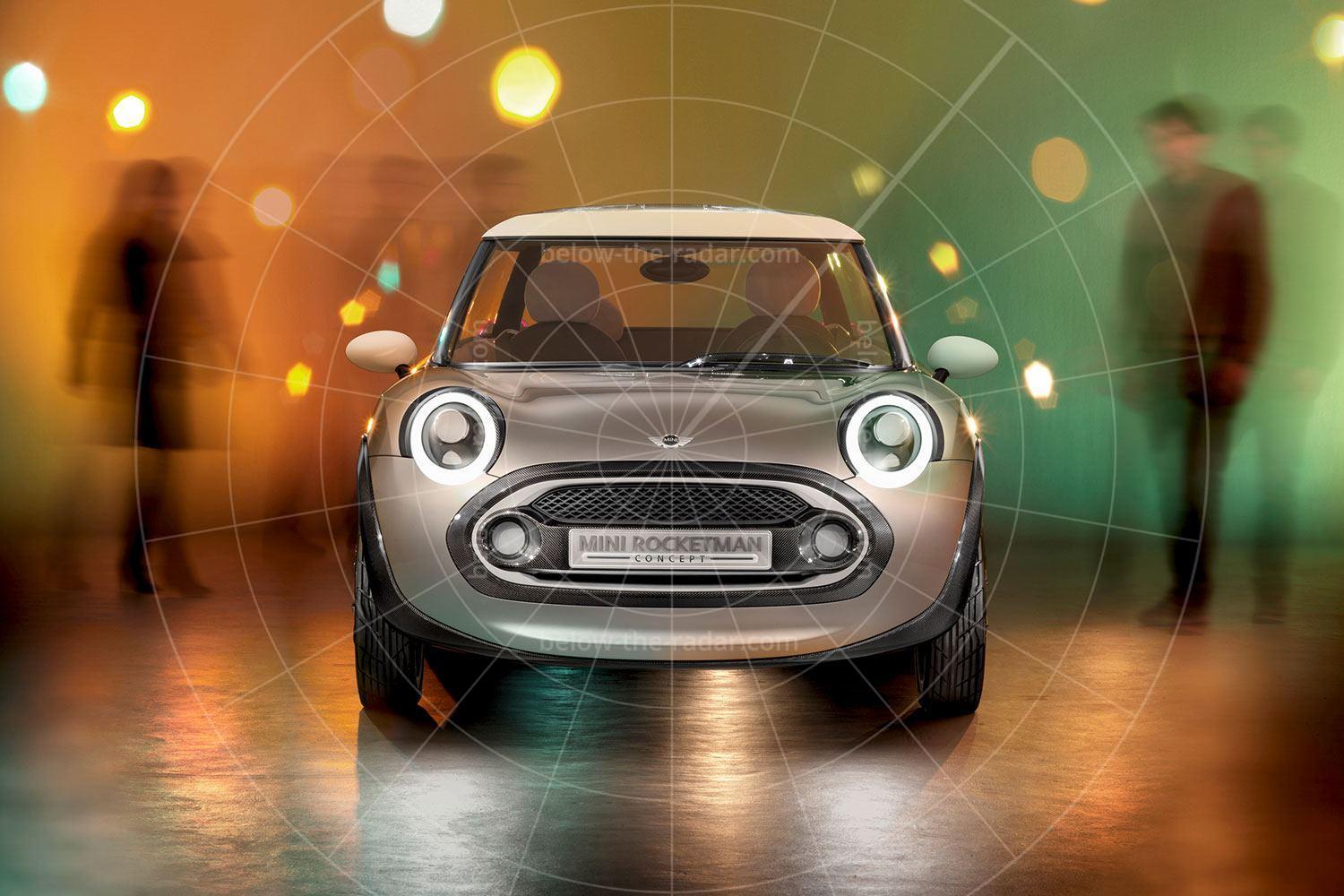
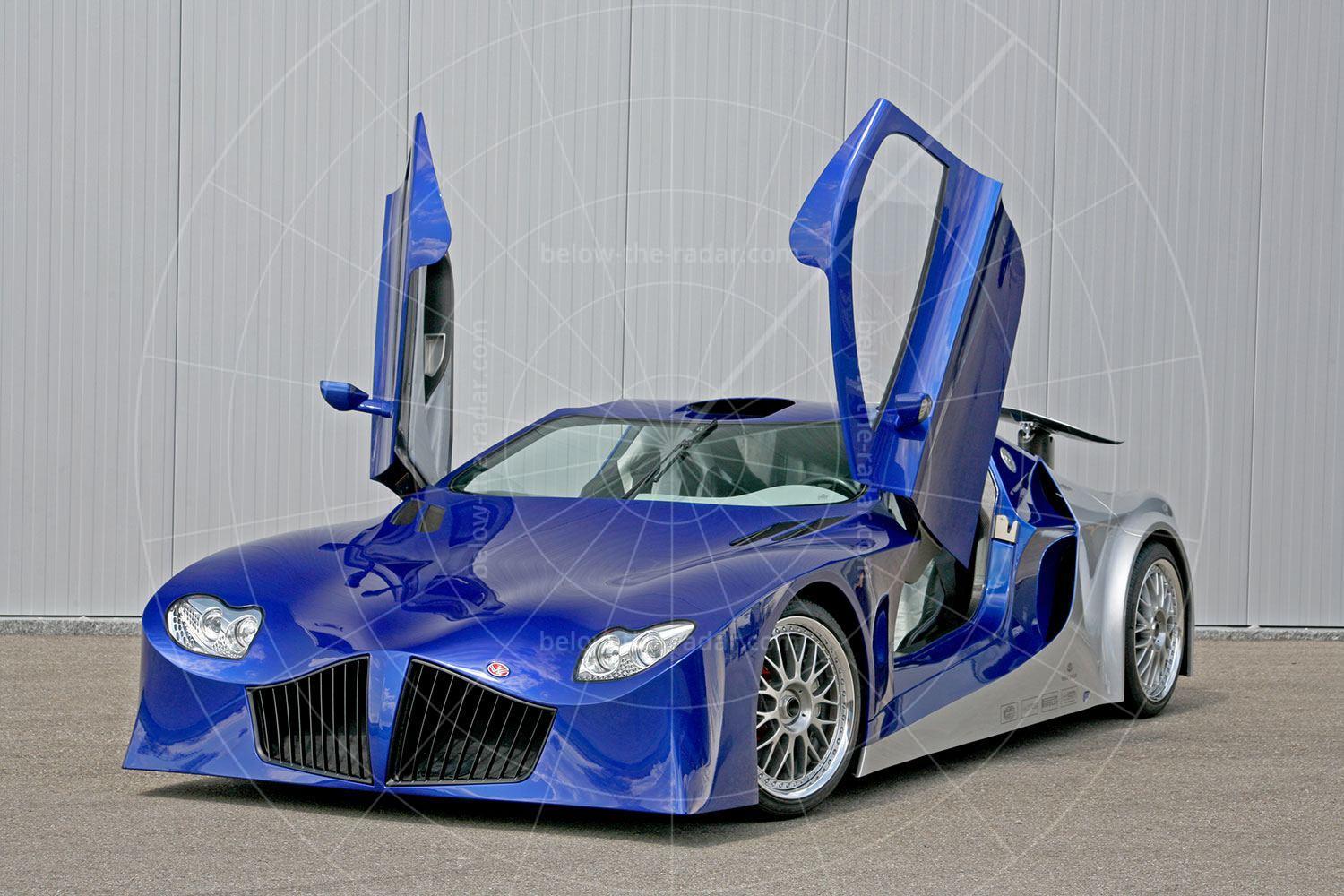
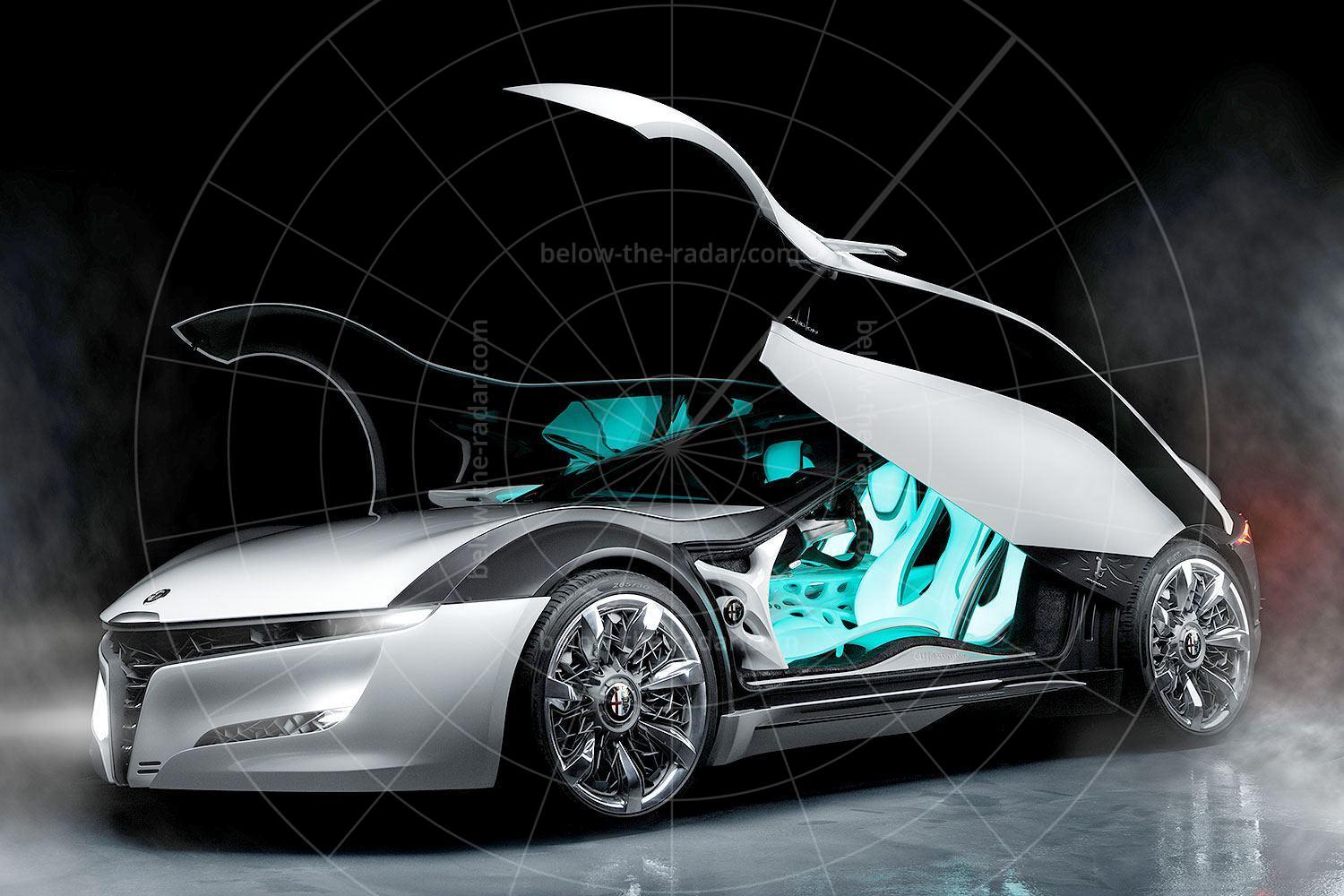
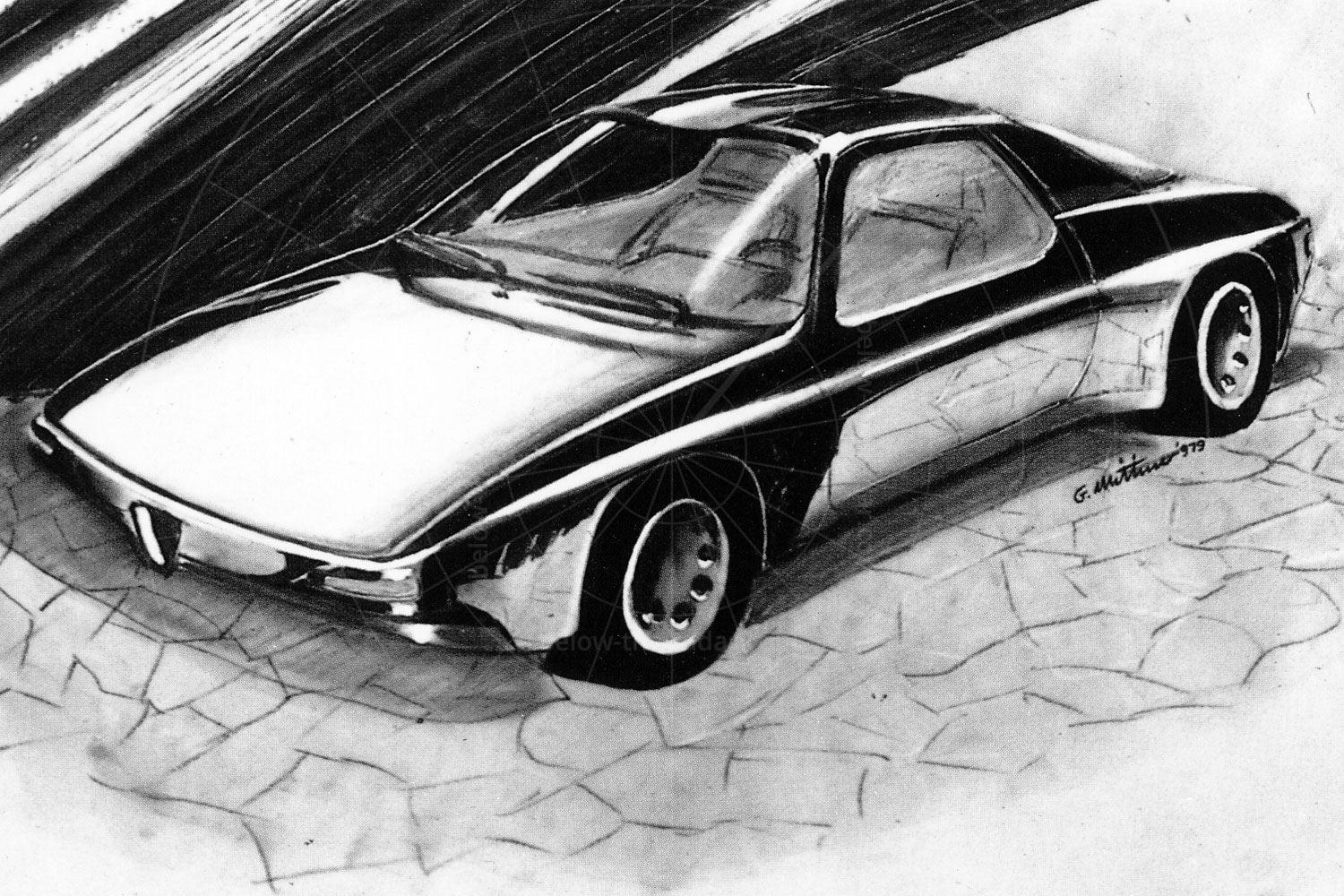
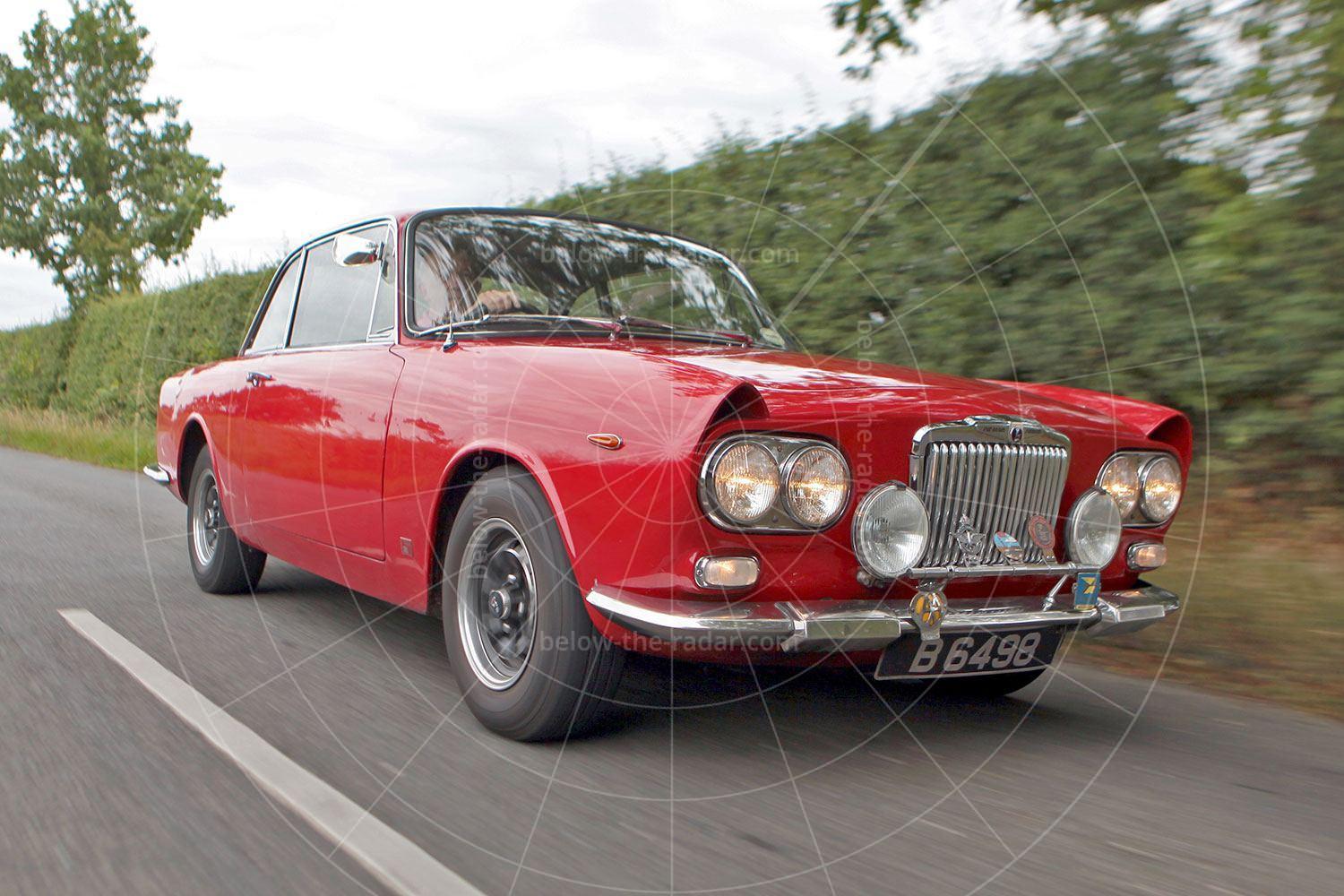

“The hard thing about building the Panther Rio was finding the craftsman to do it.”
Sentence should read “The hard thing about building the Panther Rio was trying to find buyers.” LOL